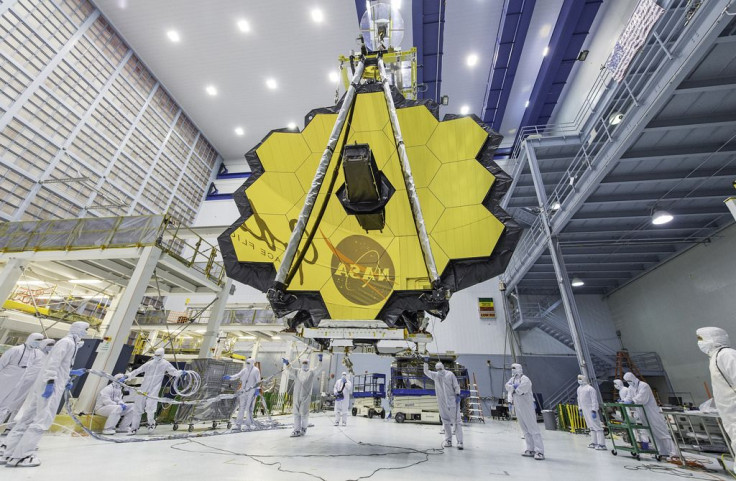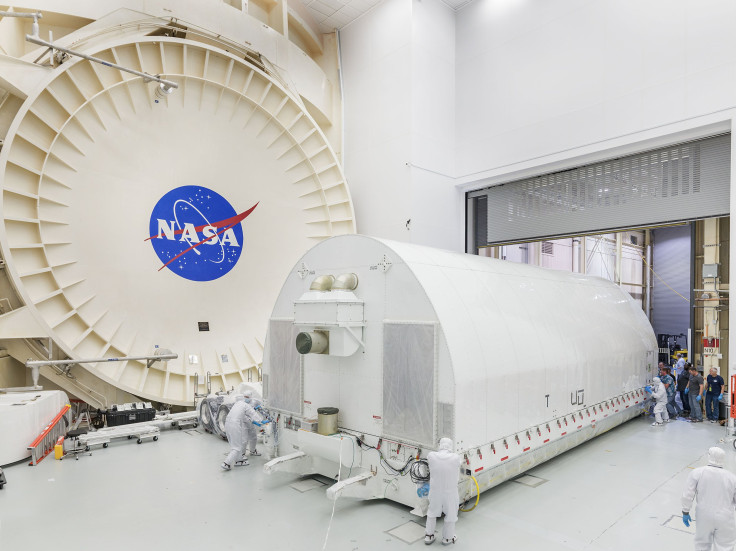NASA Will Launch Telescope To Search For Alien Life In Other Solar Systems

NASA is giving a telescope its final tests in a freezing cold vacuum before the massive thing launches into outer space to unlock the mysteries of how our universe formed after the Big Bang and whether planets outside our solar system have alien life.
“To ensure the telescope’s optics will operate at its frigid destination 1 million miles out in space, it must complete tests at cryogenic temperatures in a vacuum,” NASA said.
Read: Stunning NASA Concept Art Imagines Our Universe
The James Webb Space Telescope traveled — slowly and carefully — from the space agency’s Goddard Space Flight Center in Maryland to its Johnson Space Center in Houston for the tests, which will take place in the same vacuum chamber that put Apollo spacecraft through the ringer to make sure it could withstand space travel before it landed the first humans on the moon. “This test is critical in that it will verify the performance of the whole telescope as a system end-to-end at its extremely cold operating temperatures.”
After the Johnson tests, the telescope, a project between NASA, the European Space Agency and the Canadian Space Agency, is scheduled to move on to California for “final assembly and testing” and is due to be launched in late 2018. Its mission is to explore the oldest galaxies in the universe and get a closer look at other planetary systems.

One of those solar systems is the TRAPPIST-1 system, a set of seven planets orbiting a star about 40 light years away from Earth. Astronomers announced the finding recently, noting that at least three of the planets are within what’s known as the star’s habitable zone — a region within the right distance from the heat source to sustain liquid water. It may be, however, that all seven planets are habitable because they are close together and close to their sun, orbiting nearer than the scorched planet Mercury is to our sun, something that is possible because their star is smaller and cooler than our own.
“If these planets have atmospheres, the James Webb Space Telescope will be the key to unlocking their secrets,” Doug Hudgins, a NASA exoplanet program scientist, previously said.
Those secrets include the makeup of the atmospheres, such as whether they contain water, oxygen, carbon dioxide or other compounds.
Calling all artists! Get inspired by the @NASAWebb telescope & share your artwork with #JWSTArt! https://t.co/rA9n1PjvSD pic.twitter.com/M4asFrd3ek
— NASA STEM (@NASASTEM) April 26, 2017
The Webb telescope could also potentially investigate the newly discovered LHS 1140b, which is also 40 light years away in a star’s habitable zone. Scientists have been excited about this planetary find because it has similarities to Earth and is around the same age, despite being larger and heavier.
See also:
Stephen Hawking Says We Have To Leave Earth Now Or We’re All Gonna Die
© Copyright IBTimes 2024. All rights reserved.




















